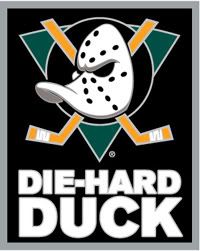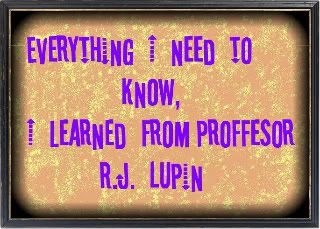Learning a language takes considerable time and effort. But I happen to know that you can easily get through just about any situation in Spain with just these few words! Now you have no excuse not to come visit!
.
***Lesson 1***
Uno (oo-no), dos (dose), tres(tres), euro (eh-ooo-row), tapa (tah-paw).
Awesome! Now you can order anything you want from a Spanish bar (not like a bar in the U.S. - more like a cafe). Point to something on the menu on the wall and say how many you want. In the end, they will tell you how many euro. Done! You have to really try to find something that costs more than tres euro - as long as you stick to tapas. And believe me, you want to stick to tapas. They are small portions, and since you will have no idea what you are ordering, you want a small portion. I have every "All You Need To Know" and "Comprehensive" book on Spanish menus. They are useless. The people who write those books do so from their comfy Minnesota armchairs, munching on Wendy's fries. Point and eat. Trust me, it is the only way.
.
***Lesson 2***
Claro (claw-row, be sure to draw out claaaaaaaaw)
It means "clearly" or "of course". When (not if) someone comes up to you and rattles 10 sentences in 3.4 seconds (normal Spanish speaking pace), there is only one answer. Widen your eyes, start nodding and slow-ly pronouce the word claaaaaa-ro. If they give you a second installment, repeat the answer exactly as before. This can go for quite a while with no more participation needed on your end (just remember the universal laugh-when-they-laugh rule). Congrats! You have just participated in your 1st Spanish conversation. This is how the conversations go between the Spanish themselves. One person does an impressive, complex display in toungue olympics, the claro answer is given, and maybe the 2nd person gets to try to break the sound barrier with their own story. No matter what, "claro" is the answer.
.
***Lesson 3***
Si (see), no, vale (bah-lay)
In reality, claro is not ALL you need to know. Si means yes, no means no, and vale makes up 85% of the Spanish vocabulary. No joke. It means "yeah, I get it", "OK", "Know what I mean?", "Understand?", "Sure","Next...", "Ok, good." and many, many more. Do you see the pattern though? It is both the question and the answer. And it is often used 5 or 6 times in a row. I mean it. Often. No other words. If you are here for more than 30 minutes, you know the word intimately and have already used it 15 times. Someone will say something, then say, "Vale?"(meanning, "understand?"). Then you say, "Si". Then the first person will say, "Vale, vale, vale"(meanning, "good, okay, this is what is next..."). After they continue to talk, be sure to chime in every so often with "Vale, vale" (meanning, "tell me about it", "I know", "Uh-huh, go on.") The inflection of this seemingly simple two syllable word is what makes it so cool. You know what it means, just by the way they say it. Really, any other words would just get in the way. Try taking any of the phrases above and say bah-lay in different inflections to convey your meaning. You got it! It is that easy! It is such a wonderful word, John and I use it all the time with eachother- it's so efficient! Remember, if you need more than two syllables to say what you want, just say vale over and over using your inflections, and you will be understood! Try it on a Spaniard. Just be sure to say it quick, and I am sure they will widen their eyes, nod, and say, "Claro!" BAM! You are speaking like a native now!























No comments:
Post a Comment